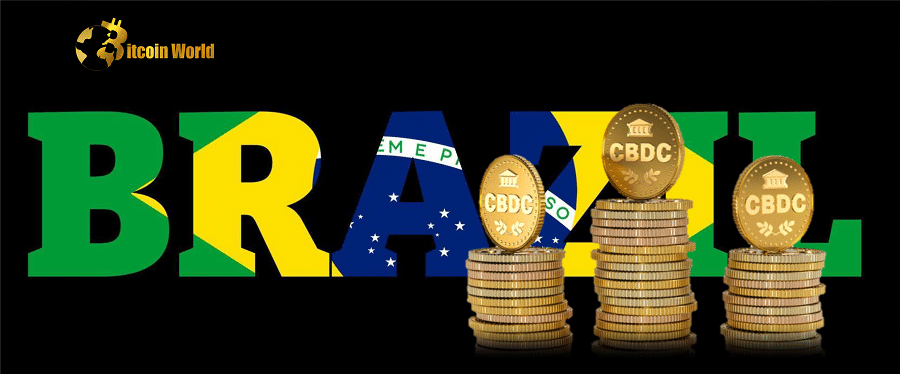Brazil plans to create a Central Bank Digital Currency (CBDC) in 2024, which might help it maintain its position as South America’s economic powerhouse.
More than 30 million Brazilians do not have bank accounts or credit or debit cards as of 2022. What’s the problem here?
Brazil has been passing laws to change the situation for almost a decade. However, the outcomes fell short of expectations. To further understand why, let’s look at the situation from a historical standpoint.
Because of the country’s macroeconomic unpredictability, outdated technology, and tight monitoring, the Brazilian banking business has traditionally been heavily consolidated. At one point, the regulator required certain dependable “bulwarks” in order to construct the local financial system and cope with scale. Concentration was an unavoidable side effect of the method.
However, in recent years, the balance has shifted, with authorities encouraging competition via creative legislation that is in sync with technological advancements, wiser restrictions, and a stronger macroeconomic climate. This trend, in conjunction with the “software is eating the world” myth, significantly contributed to the creation of a fertile atmosphere for the fintech boom.
In 2020, the Brazilian Central Bank unveiled PIX, a 24/7 rapid payments system that has skyrocketed in popularity. Today, PIX has over 122 million active users, representing 57% of the Brazilian population. This breakthrough enabled 40% of customers to make their first electronic transfer, demonstrating the great potential of technology for financial inclusion. Given its overwhelming success, it’s no surprise that PIX swiftly became a model for several nations and was lauded by the Bank of International Settlements.
The Open Finance initiative was another key step forward in the financial inclusion and competitiveness agenda since it enabled financial institutions to share client data, enabling for more tailored product offers to customers. The initiative started operational in 2021, with over 800 financial institutions currently participating and over 9.6 million clients consenting to information sharing.
In line with the effort to stimulate innovation, one theme that the Central Bank of Brazil has already endorsed is the revolution created by cryptocurrencies and blockchain, because it represents the next frontier capable of unlocking access to financial products for a larger portion of the population through the tokenization of the Brazilian currency the digital real. A cost analysis provides supporting evidence for that endeavor. As a proxy, retail payment expenses in the United States are projected to be 0.5% to 0.9% of GDP – a figure that, depending on the on-chain solution, may be lowered to almost nothing.














